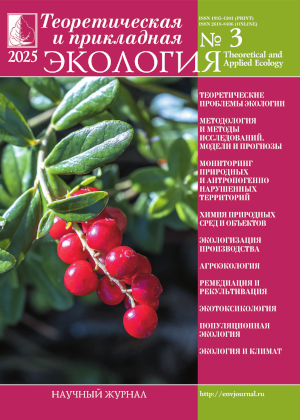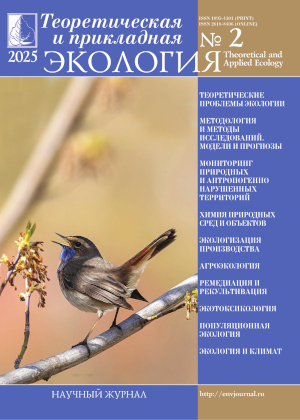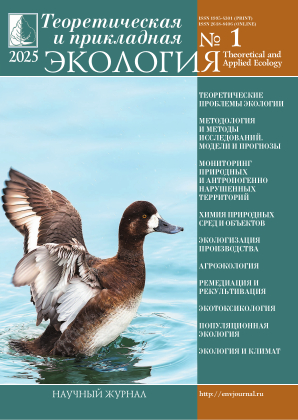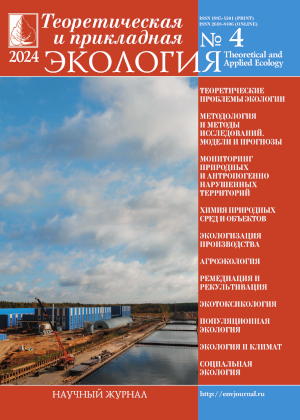 ISSN 1995-4301
ISSN 1995-4301(Print)
ISSN 2618-8406
(Online)
Online version of the journal
|
Degradative activity of fungi towards oil hydrocarbons under high temperature |
||||
| N.N. Pozdnyakova, S.А. Balandina, О.V. Turkovskaya | ||||
| Section: Monitoring of anthropogenically disturbed areas |
||||
| The pollution of the environment with oil and oil products is one from the serious problems of the present time. The degradative activity of fungi contributes an important part in the self-cleaning of the natural ecosystems and is the basis of the development of environmental biotechnologies (mycoremediation). The selection of the fungi that can utilize pollutants and survive in adverse environmental conditions is the most important stage of the development of such technologies. We showed the ability to degrade of the oil hydrocarbons by 10 strains of basidiomycetes (genera Agaricus, Bjerkandera, Pleurotus, Schizophyllum, Stropharia, Trametes), and 4 strains of ascomycetes (genera Cladosporium, Fusarium, Geotrichum, Lecanicillium) at high temperature. The all studied fungi metabolized oil both in the rich medium and as the sole carbon source. The most active degraders were the basidiomycetes P. ostreatus, S. commune, and T. versicolor. Ascomycetes, with the exception of G. candidum, utilized oil by more than 80%. All oil fractions, including hard PAHs and resins, are available in the rich medium. Their decrease reached 82-97% by P. ostreatus Florida, S. commune, and T. versicolor DSM, and was 60-88% by ascomycetes L. aphanocladii and F. oxysporum. All the studied fungi, with the exception of P. ostreatus and F. oxysporum, used mainly alkane-naphthene fractions and the low molecular weight aromatic compounds during the utilization of oil as the sole carbon source. We found the production of ligninolytic enzymes (which catalyze the key stapes of the degradation of aromatic compounds) and the emulsifying compounds (which increase the bioavailability of oil). It can be considered as adaptation of the fungi to the oil pollution. The highest activities of ligninolytic enzymes (laccase and Mn-peroxidase) were detected in P. ostreatus Florida which is the most active degrader of the aromatic compounds. Ascomycetes, with the exception of G. candidum, produced only Mn-peroxidase. Basidiomycetes P. ostreatus Florida, S. commune, T. versicolor DSM11269 and ascomycetes F. oxysporum and L. aphanocladii were selected for the further studies and the development of the mycoremediation technologies. | ||||
| Keywords: fungi, oil, degradation, ligninolytic enzymes, emulsifying activity, mycoremediation |
||||
| Link | ||||
| Article published in number 4 for 2019 DOI: 10.25750/1995-4301-2019-4-069-075 |
||||
|
|
36, Moskovskya street, Kirov, 610000, Editorial Board "Theoretical and Applied Ecology." Phone/fax: (8332) 37-02-77 e-mail: envjournal@vyatsu.ru The journal was founded in 2007 |
||||||




 Select viewing options
Select viewing options